Walking St Cuthbert's Way in late summer: Heather in late-summer emperor’s purple, lit up by the last burst of warmth
The Cheviots and St Cuthbert’s Way are the right setting for reflection and remembrance, as Fiona Reynolds finds on her latest walk.
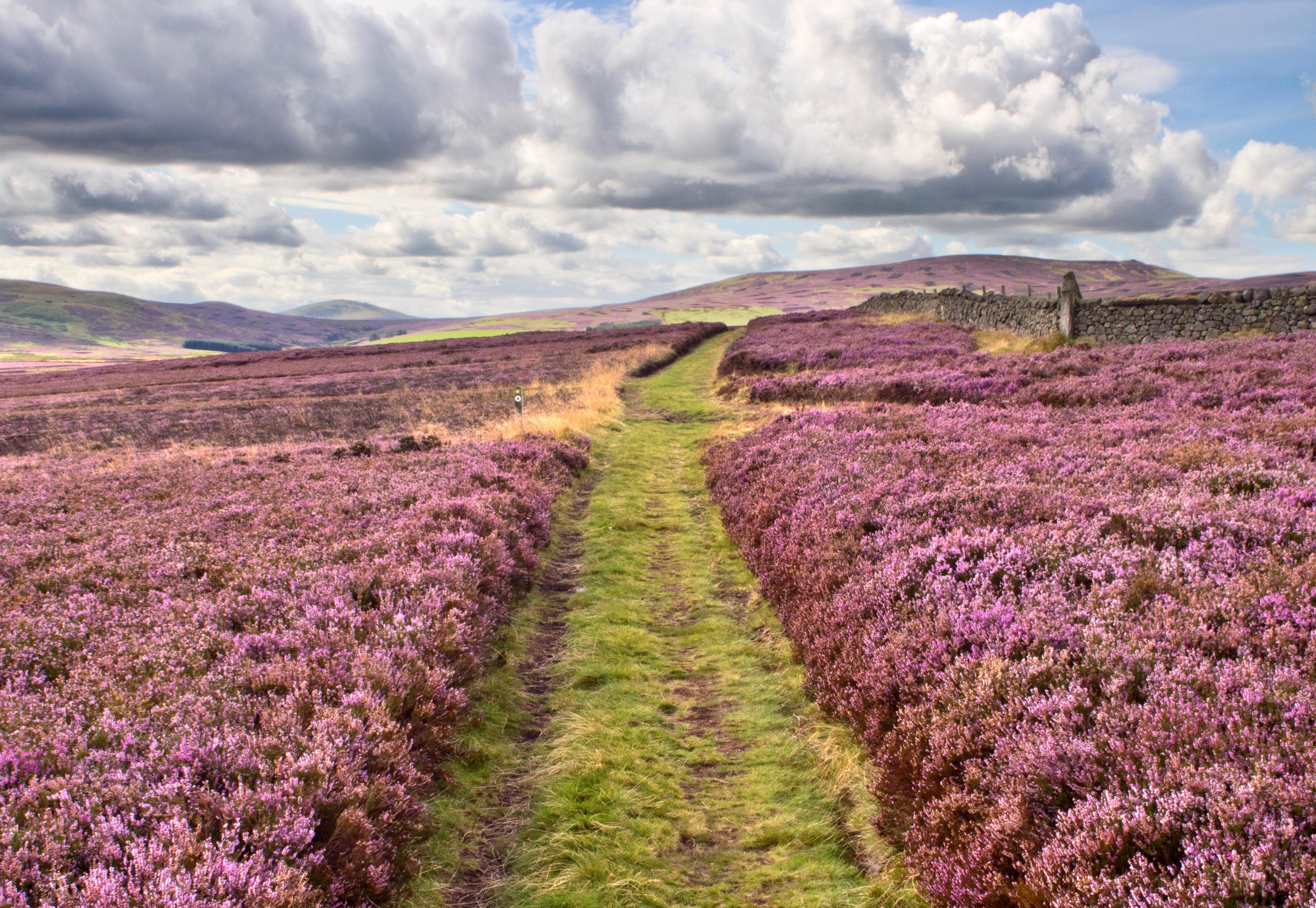

Sometimes, it’s the dying days of summer that provide the most spectacular walking experiences. The trees are beginning to turn, leaving spring’s fresh greens a distant memory. Clouds lurch across the sky and rain is often hovering on the horizon. The sun’s rays have an intensity strengthened by lower angles and the last burst of warmth. And the heather is out: burningly, intensely purple.
I’m in Northumberland for a sad family event: the last ritual of my dear sister’s life, as we leave her ashes somewhere she loved. Before she left to live abroad, she worked in Newcastle for the (then) Countryside Commission on the team that pioneered Countryside Stewardship. As a result, she knew and loved, with an intensity born of intimate knowledge, the countryside and the people of the north Pennines and Northumberland.
We’re here to remember her, staying in Wooler, and, in the early morning, I take a walk up Humbleton Hill. It turns out to be both beautiful and a good place to reflect.
Wooler is a lively market town (we’re delighted to find butchers, grocers and bakers) on the edge of the Cheviot Hills. To the east of the town, it’s flat to the coast at Lindisfarne and Holy Island; immediately behind it are the heather-crowned, rounded hills of the Cheviot range.
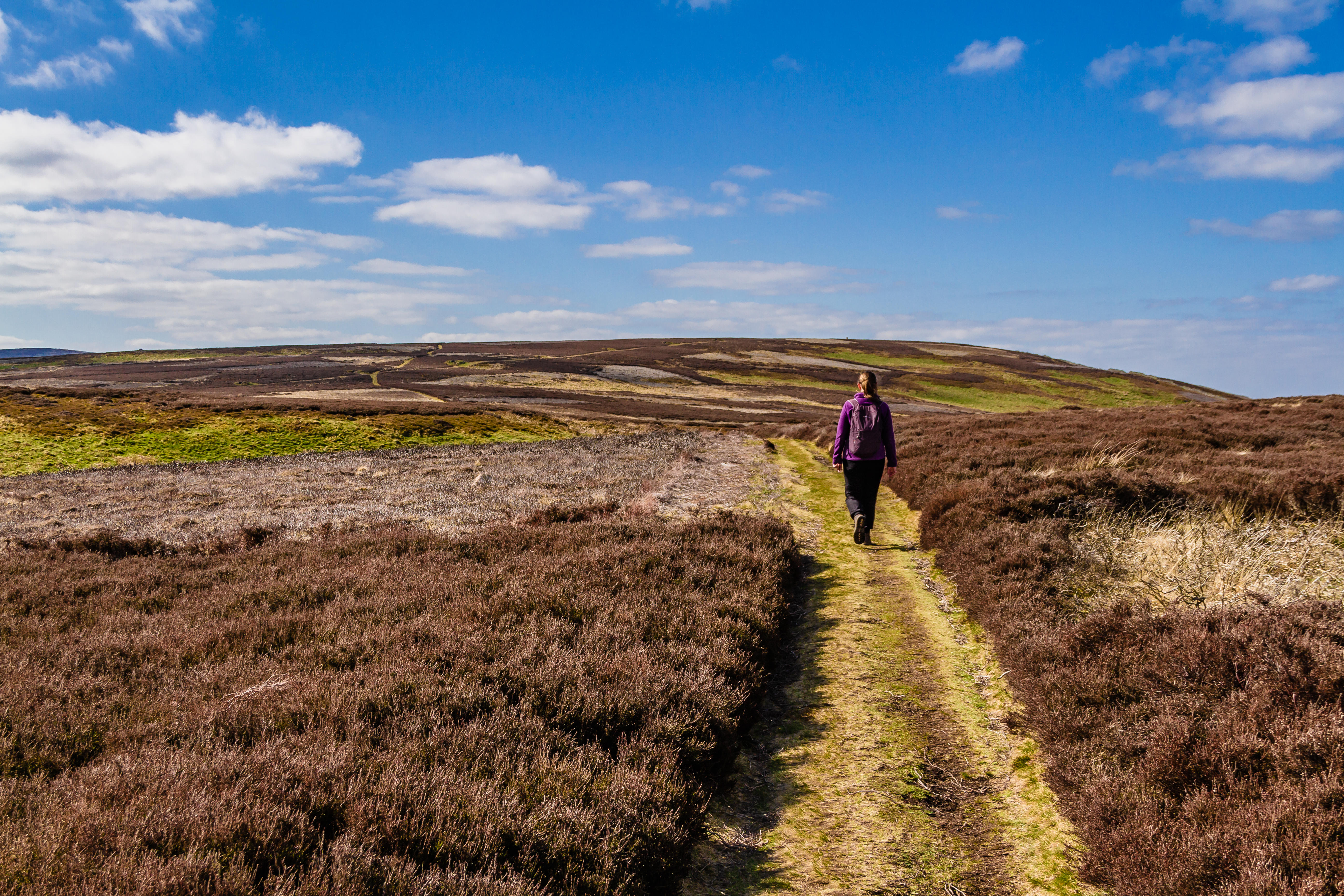
I walk up Ramsey’s Lane as a ragged dawn is breaking, the sky tinged with pink and vast grey, hovering clouds through which shafts of light strike the sodden ground.
Soon, I’m on Wooler Common, from where Humbleton Hill looms large. I can see already that it’s a brilliant vantage point, with views encompassing the distant coast, so it’s no surprise to discover that on its top is an Iron Age hill fort. I learn later that it was also the site of the 1402 Battle of Homildon Hill, fought between the English and Scottish armies.
Next, I walk through a dense, aromatic and damp pine forest, partly along St Cuthbert’s Way, which runs from Melrose to Lindisfarne Castle. It’s an inviting, green path that eases the first ascent, but I curve off it to tackle the summit. After a short, steep pull, I reach the top where the views are, indeed, spectacular, intensified by early sunlight gleaming on broken stones and distant valleys.
Exquisite houses, the beauty of Nature, and how to get the most from your life, straight to your inbox.
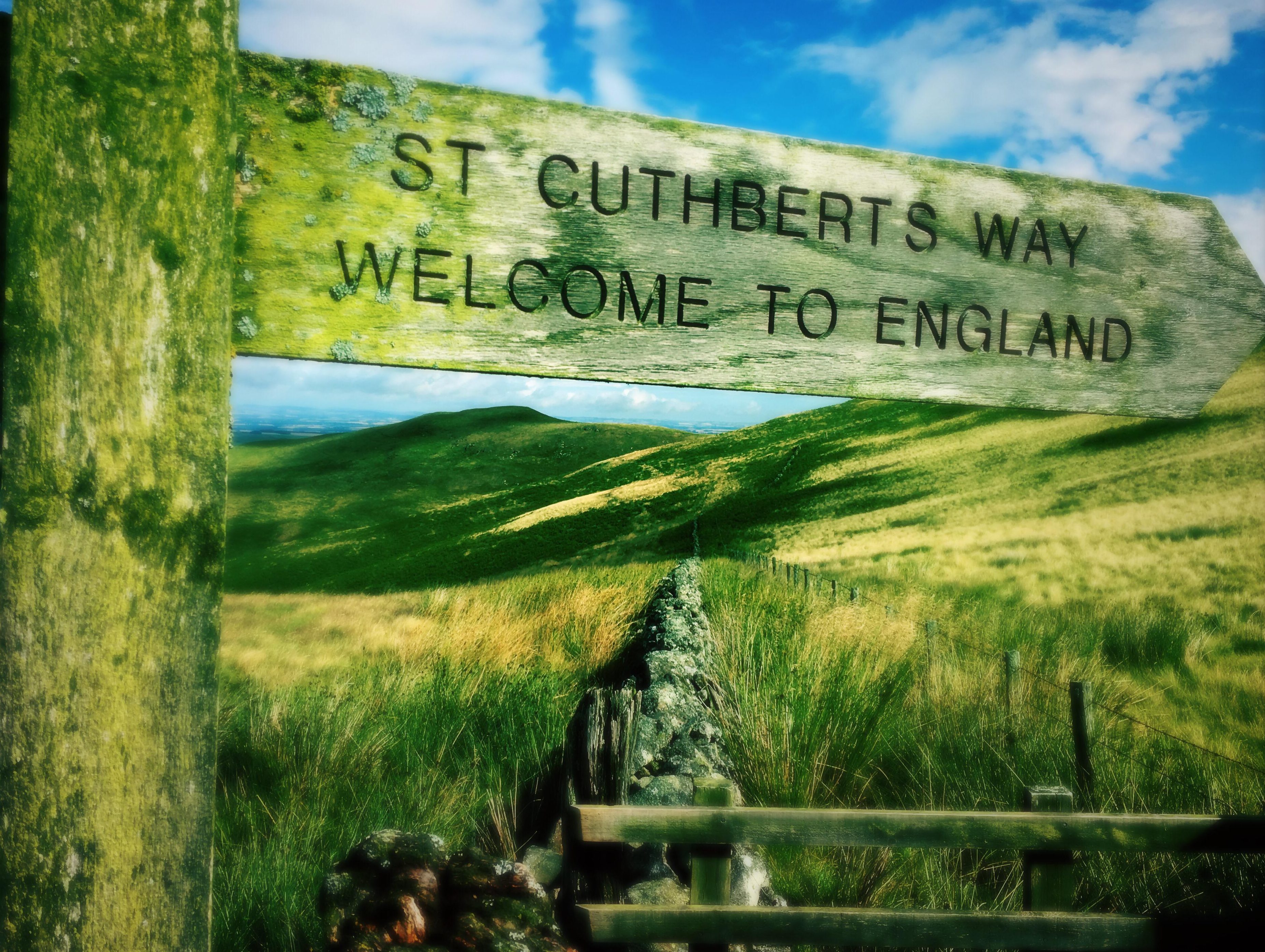
Due west is Yeavering Bell, another prehistoric fort, the slopes of which are crammed with the remains of huts and burial mounds. It’s a tempting diversion for archaeologists, but I’m heading back to St Cuthbert’s Way, so I drop off the summit to re-join the path.
Incredibly quickly, I feel totally alone and surrounded by beauty. The Cheviots roll, dramatically for hills of such (relatively) little height and, once within them, there’s a feeling of scale and grandeur far beyond their size. Here’s the heather, too: huge expanses of it, utterly, bewitchingly glorious in its late-summer emperor’s purple.
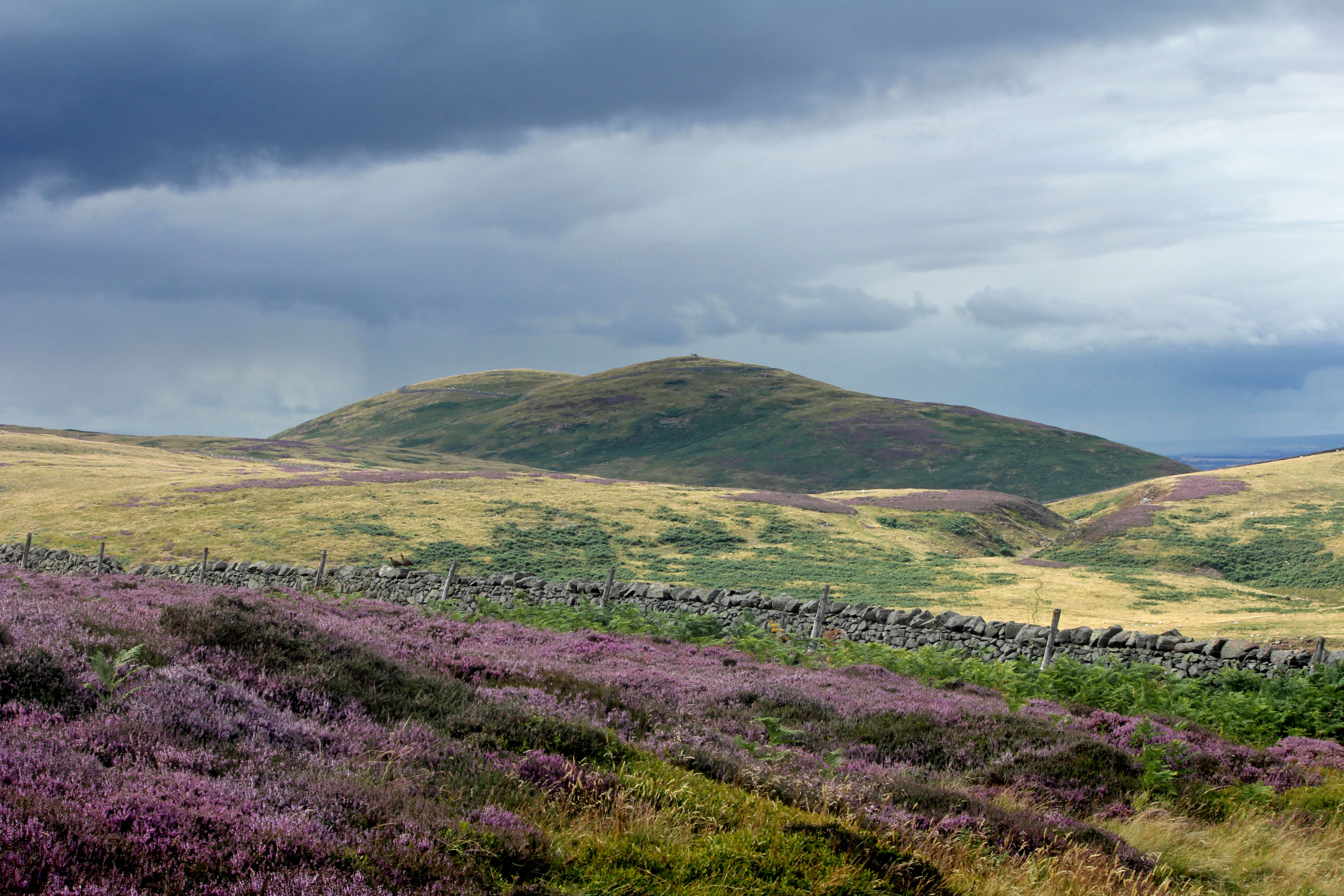
I descend at speed into a steep, scree-encrusted valley to pick up a path that climbs straight out again, a bright-green stripe within purple. Rejoining St Cuthbert’s Way, the path runs west past Gains Law and Black Law with only whirring grouse for company. As I walk, I’m watched with mild curiosity by slender-horned, black-faced sheep. I get the impression they don’t have many visitors.
St Cuthbert’s Way winds on, deep into the Cheviot Hills, and I’m tempted to follow it. However, sad duty — and time — beckon, so I turn south to join a long footpath running directly east back to Wooler. It’s been tarmacked, disappointingly, but understandably, for those who live up this long, long track.
Before long, I’m back in Wooler, inspired and ready for our day. Afterwards, as we drive south, we agree that Northumberland has the magic ingredients to sustain the memories of our dear sister forever.
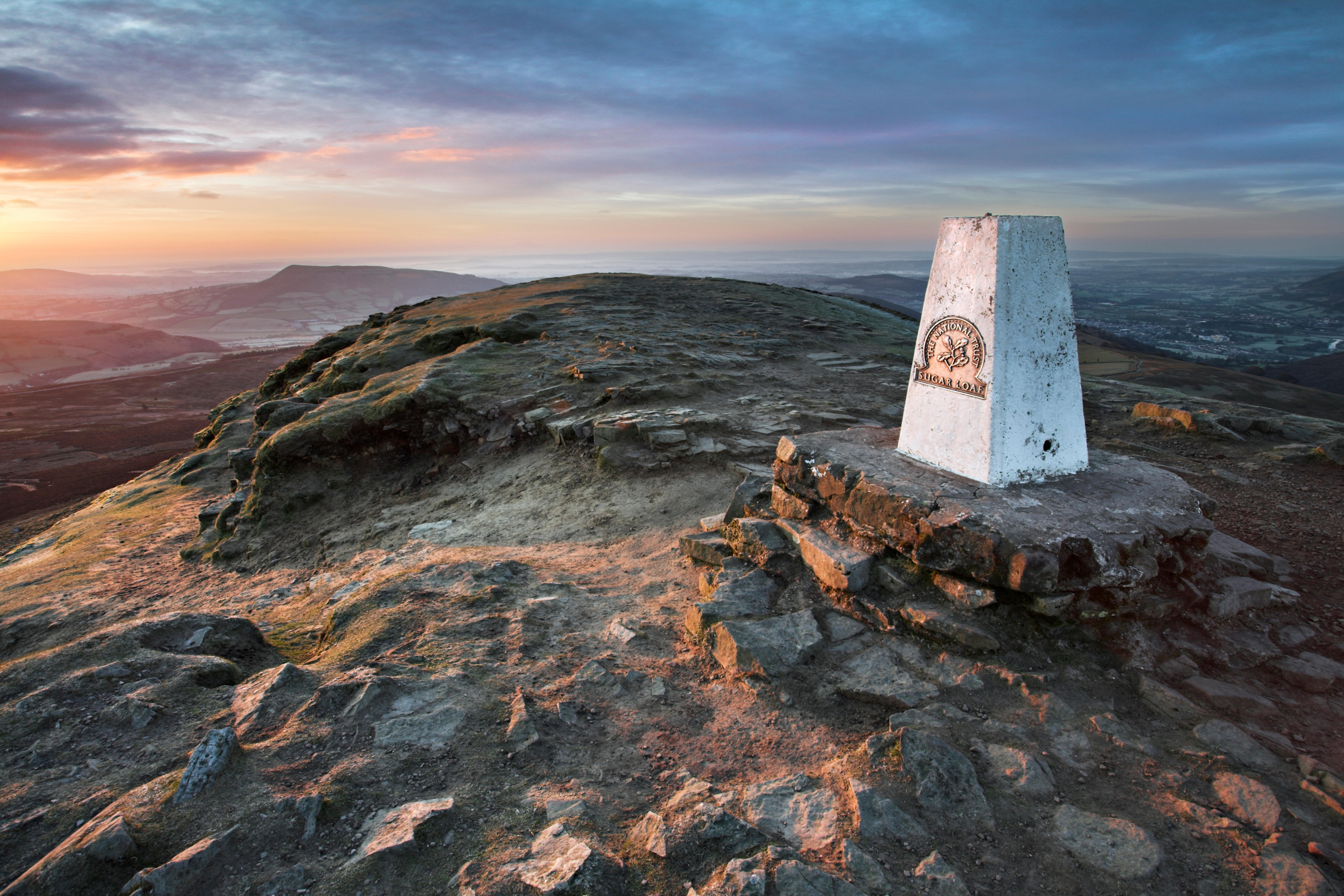
Climbing the Sugar Loaf, the irresistibly perfect mountain in a ‘wild and lovely’ setting
The Sugar Loaf in Wales’s Black Mountains is a satisfying little peak to conquer, as Fiona Reynolds explains.
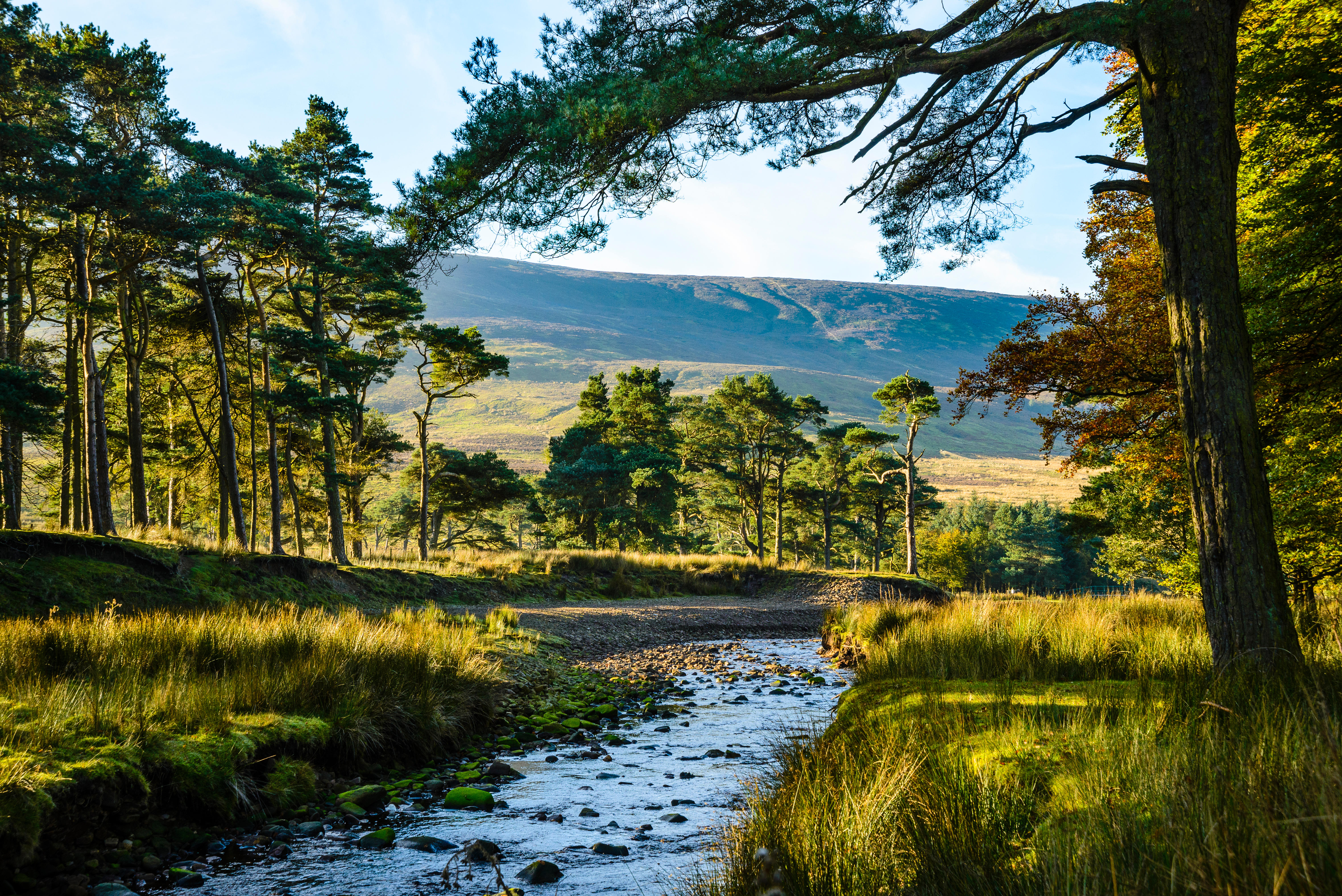
A walk through the Forest of Bowland: 'I feel the immensity of the history of this place and am deeply moved by it'
A solitary dawn walk through the Forest of Bowland is a magical experience, says Fiona Reynolds.
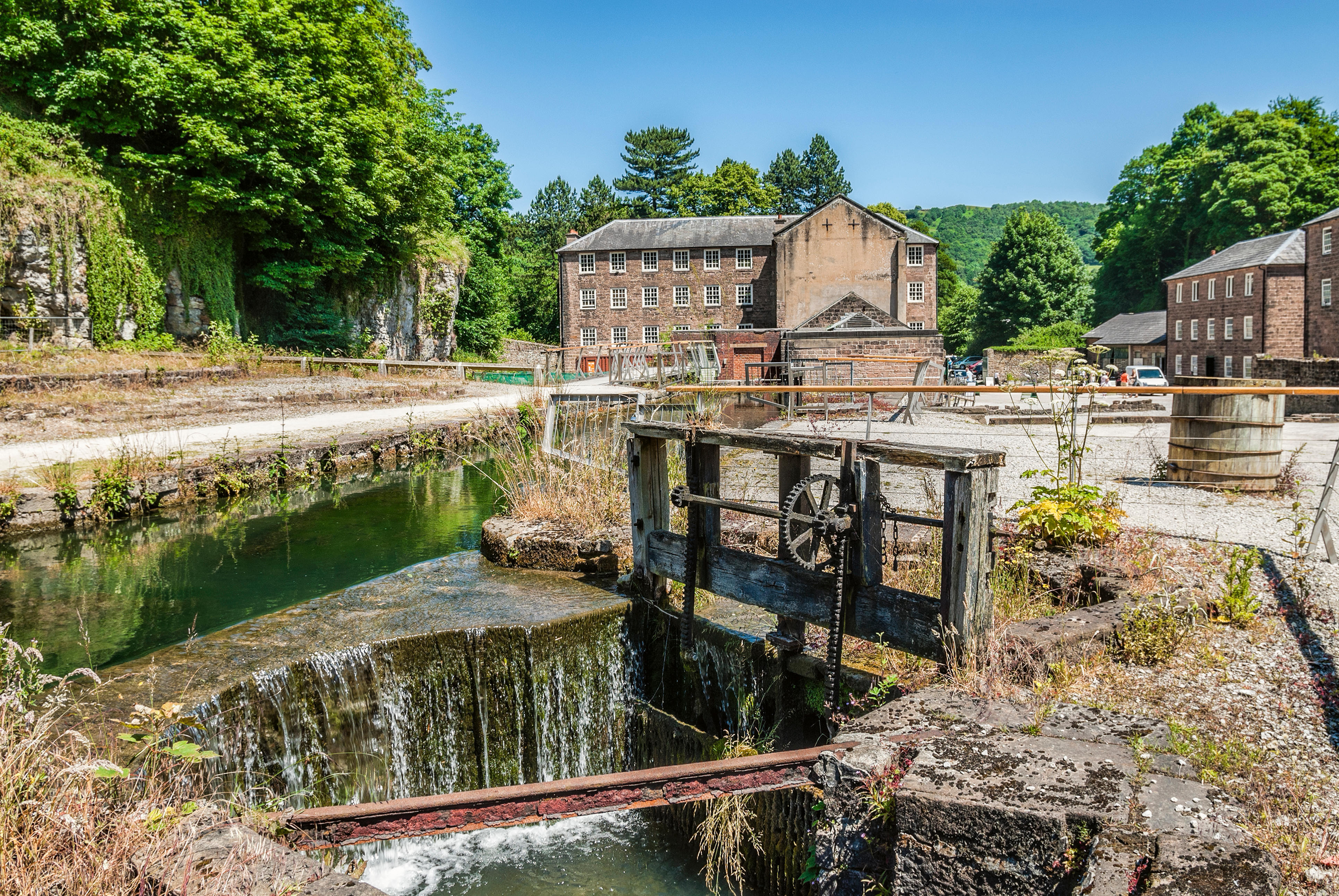
Walking Derby and the Derwent Valley, on a morning with 'dappled light on the river reflecting the monumental 18th-century mills'
Fiona Reynolds walks the Derwent Valley Heritage Way in Derbyshire, and is struck by the contrast between Man and Nature.
Fiona Reynolds is chair of the Food, Farming and Countryside Commission, the former director-general of the National Trust, former Master of Emmanuel College, Cambridge, and the author of The Fight for Beauty. Follow her on Twitter @fionacreynolds.
-
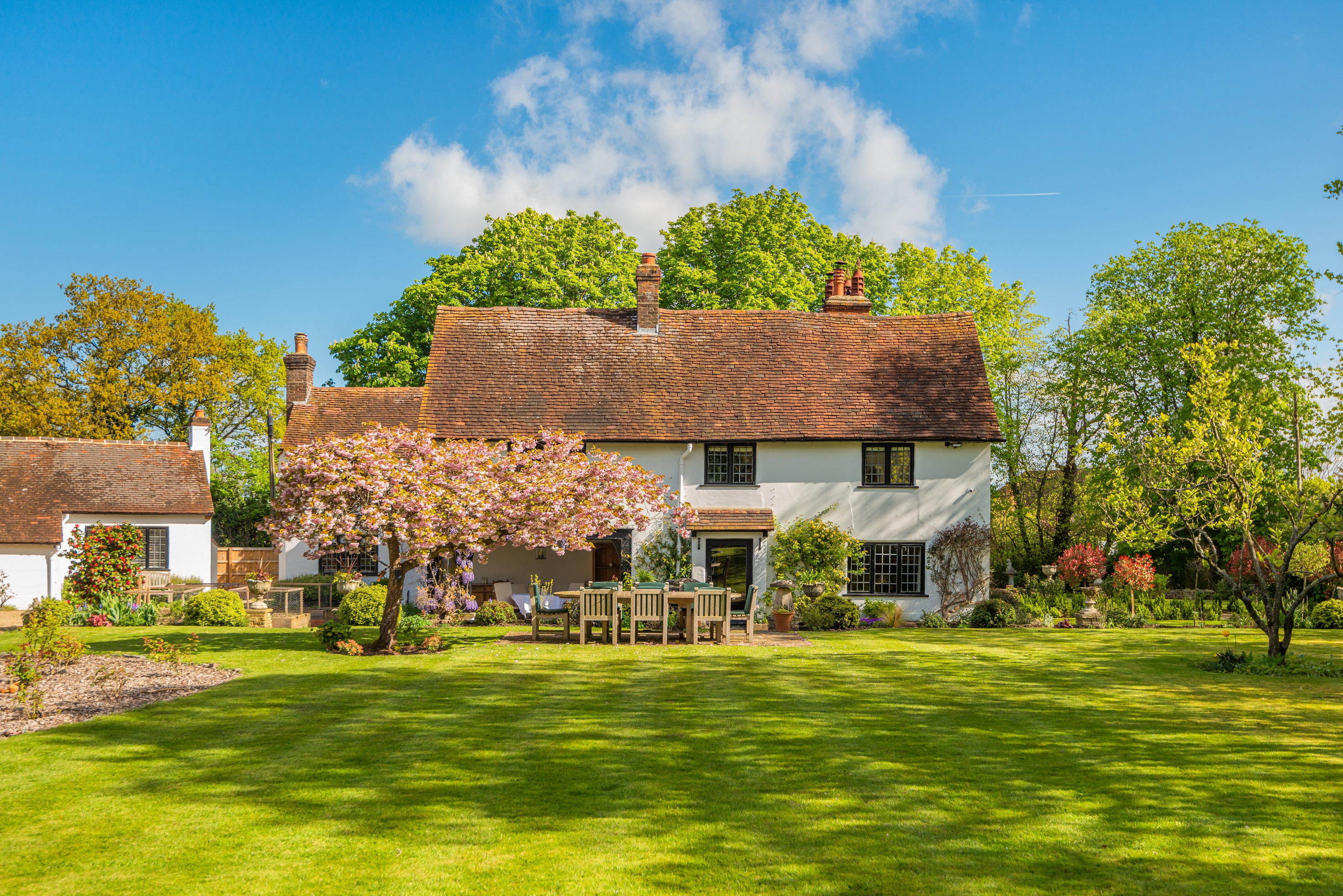 The wisteria clad cottage where Noël Coward and Ivor Novello held court at the height of their fame
The wisteria clad cottage where Noël Coward and Ivor Novello held court at the height of their fameThe 17th-century Follejon Cottage just outside Windsor was a perfect escape from the city for Noël Coward and his circle of friends. As it goes on the market, Penny Churchill takes a look.
-
 What were the code names of the three tunnels dug during the Second World War’s Great Escape? It's the Country Life Quiz of the Day, October 23, 2025
What were the code names of the three tunnels dug during the Second World War’s Great Escape? It's the Country Life Quiz of the Day, October 23, 2025Test your general knowledge this fine Thursday.
-
 Curious questions: Why do golf balls have dimples? And why are tennis balls furry?
Curious questions: Why do golf balls have dimples? And why are tennis balls furry?As the weather picks up and tennis takes over the silver screen, millions of us are starting to thinking about dusting off our golf clubs and tennis rackets. Which begs the question, why aren't the balls we use for tennis and golf perfectly smooth?
-
 How Country Life launched the career of Alistair Mackenzie, the architect who created Augusta National's iconic golf course
How Country Life launched the career of Alistair Mackenzie, the architect who created Augusta National's iconic golf courseAlister Mackenzie winning golf hole design.
-
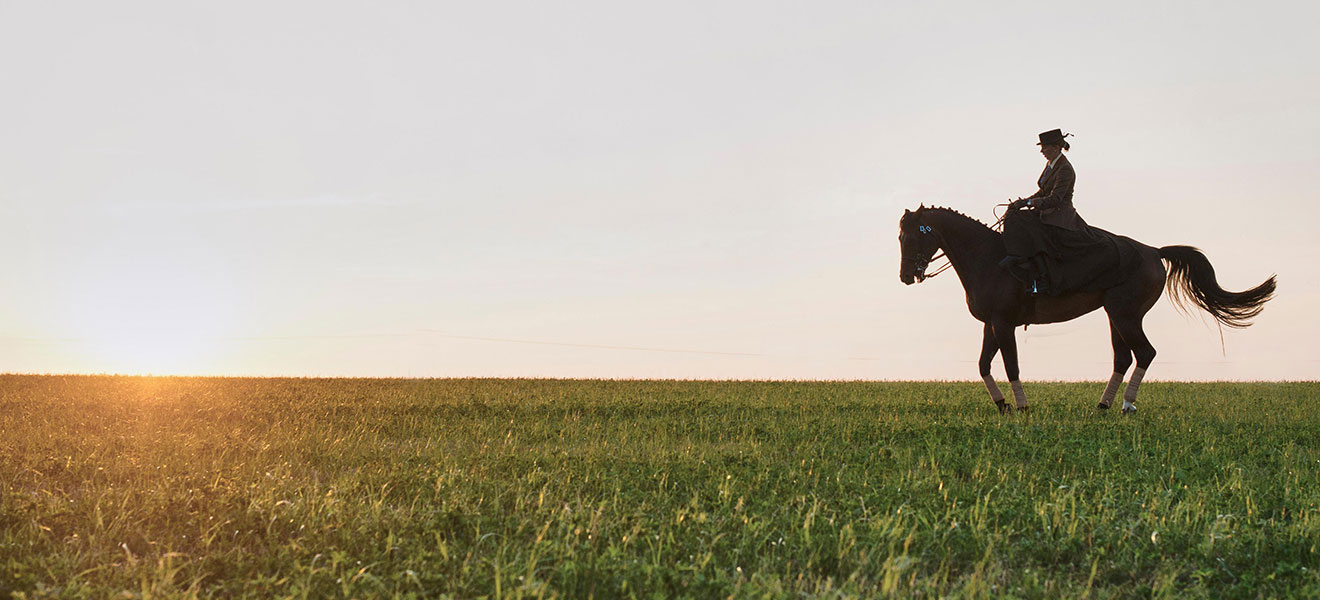 Dressage: How 'horse dancing' evolved from ancient, deadly beginnings to modern Olympic glory
Dressage: How 'horse dancing' evolved from ancient, deadly beginnings to modern Olympic gloryThere can be no short cuts to success in dressage. The Ancient Greeks’ sympathetic methods of training horses, which were all about survival in battle, should still hold good in today’s widespread embrace of the Olympic sport, as Pippa Cuckson explains.
-
 Inspired by Wimbledon? Expert tennis tips to help brush up a rusty game
Inspired by Wimbledon? Expert tennis tips to help brush up a rusty gameWith Wimbledon in full swing, it's the time of year when often-deserted tennis courts are suddenly teeming with players.
-
 How to win at board games, from Monopoly and Cluedo to Scrabble and Snakes and Ladders
How to win at board games, from Monopoly and Cluedo to Scrabble and Snakes and LaddersAs millions of people around the country are set to have an enforced period at home, it'll be time to bring out the classic board games. But how can you make sure you beat the kids? Luck helps, but tactics are better as Matthew Dennison explains.
-
 Six Nations 2020: England's chance to bounce back in style from World Cup disappointment — but they're very far from unstoppable
Six Nations 2020: England's chance to bounce back in style from World Cup disappointment — but they're very far from unstoppableEngland look set to absolve their World Cup disappointment by lifting the Six Nations crown, says Owain Jones, as he gives his team-by-team guide ahead of the contest that kicks off on Saturday.
-
 Why the Penny Farthing is once more a frequent sight on the streets of London
Why the Penny Farthing is once more a frequent sight on the streets of LondonThe dinosaur of the bicycle world is back in the spotlight with the help of the Penny Farthing Club and its intrepid members.
-
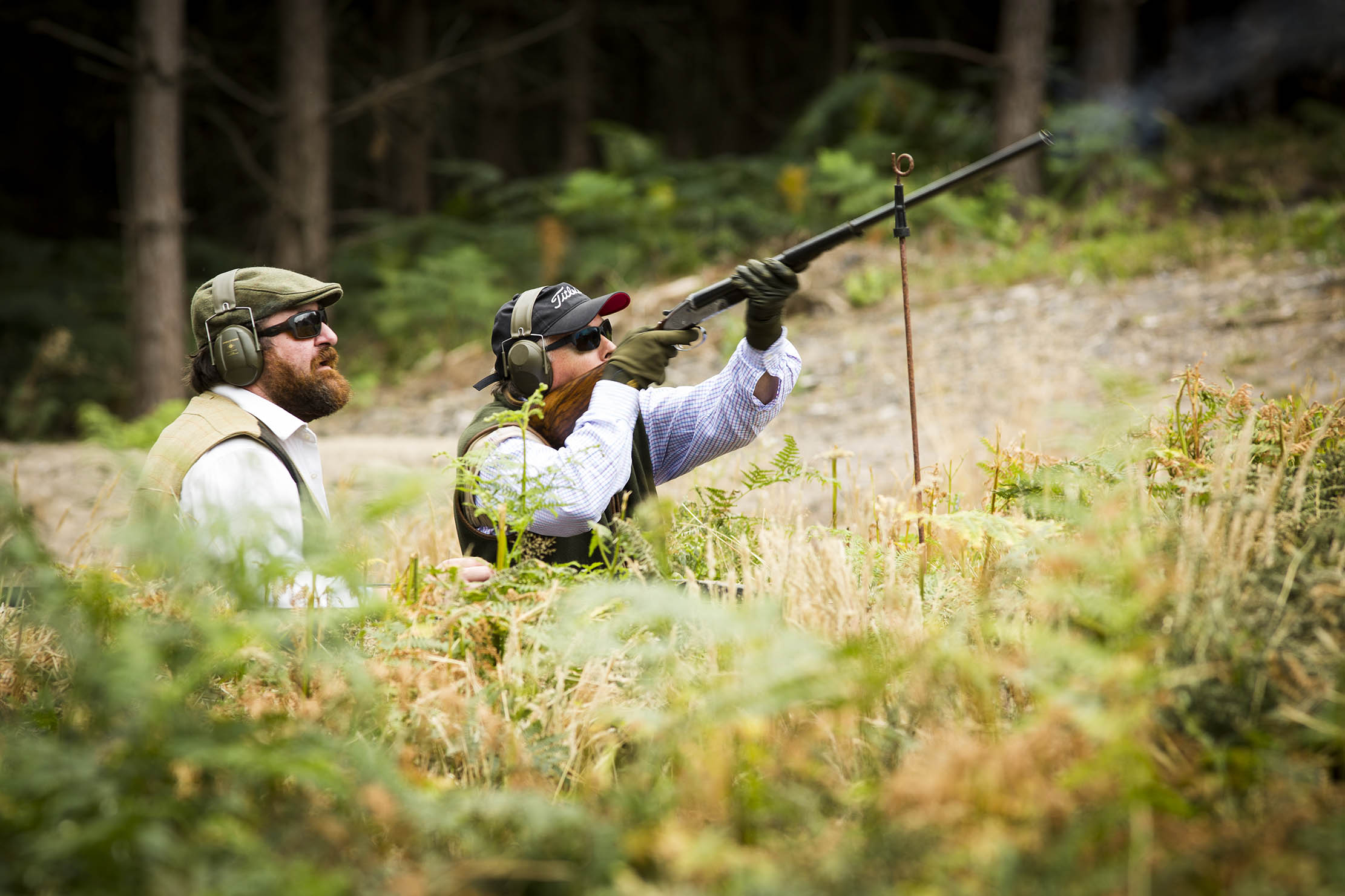 An absolute beginner's guide to clay pigeon shooting, part 3: New techniques, old friends and how to buy your own gun
An absolute beginner's guide to clay pigeon shooting, part 3: New techniques, old friends and how to buy your own gunIf you're looking to get into shooting, a series of lessons is the place to start —as Octavia Pollock has been finding out at the Cowdray Estate's Hownhall shooting school.
